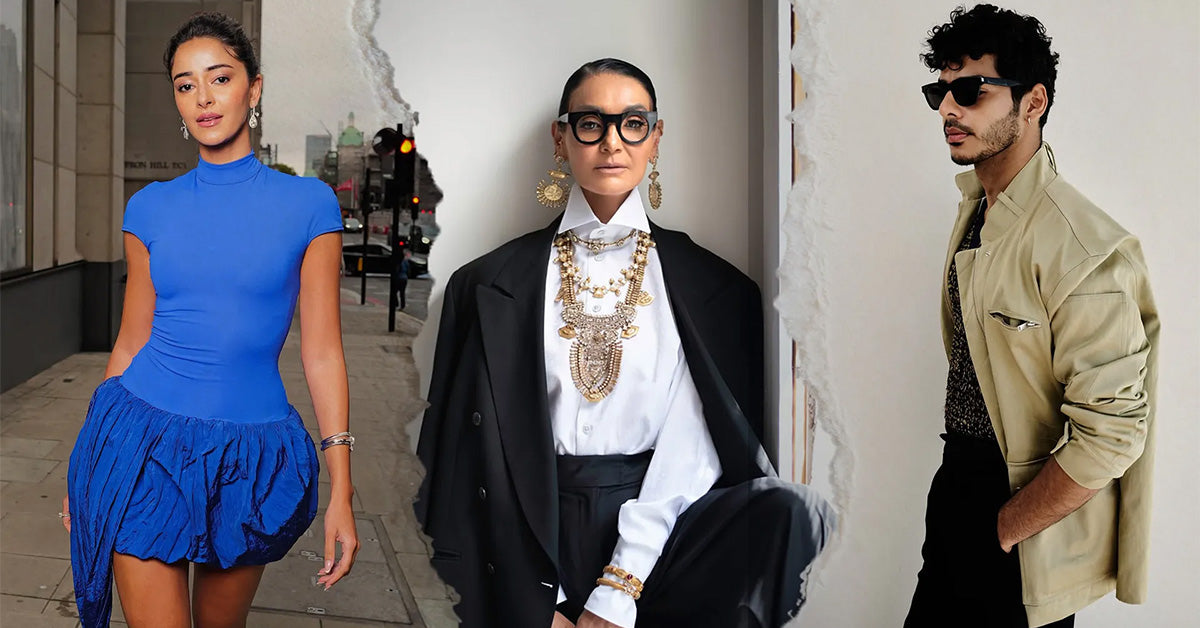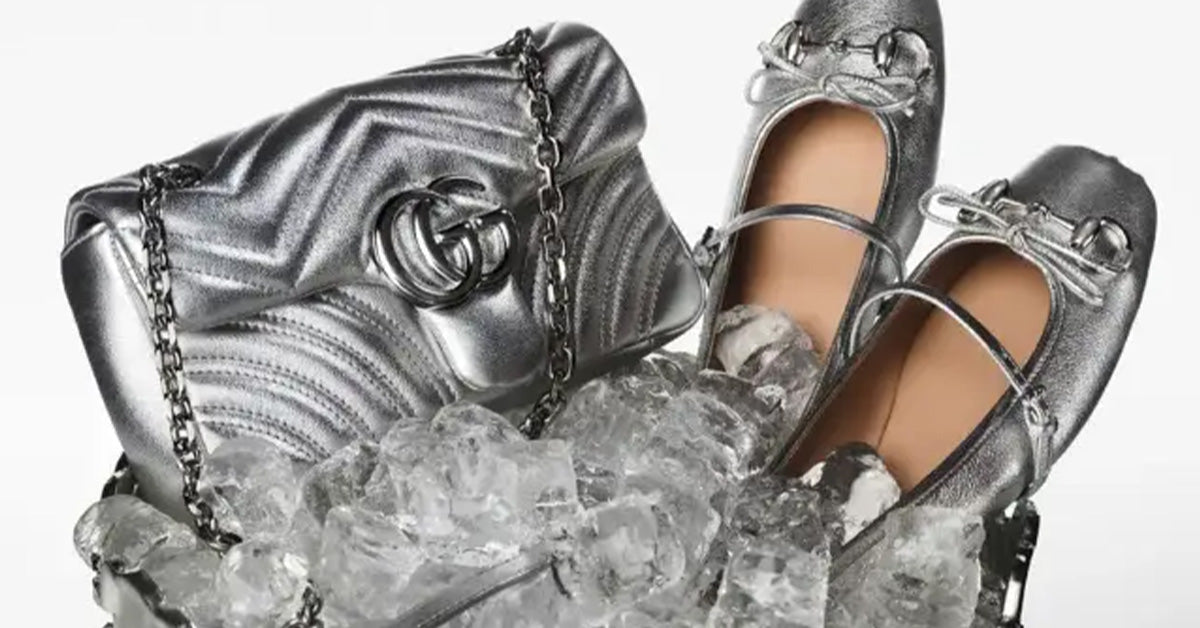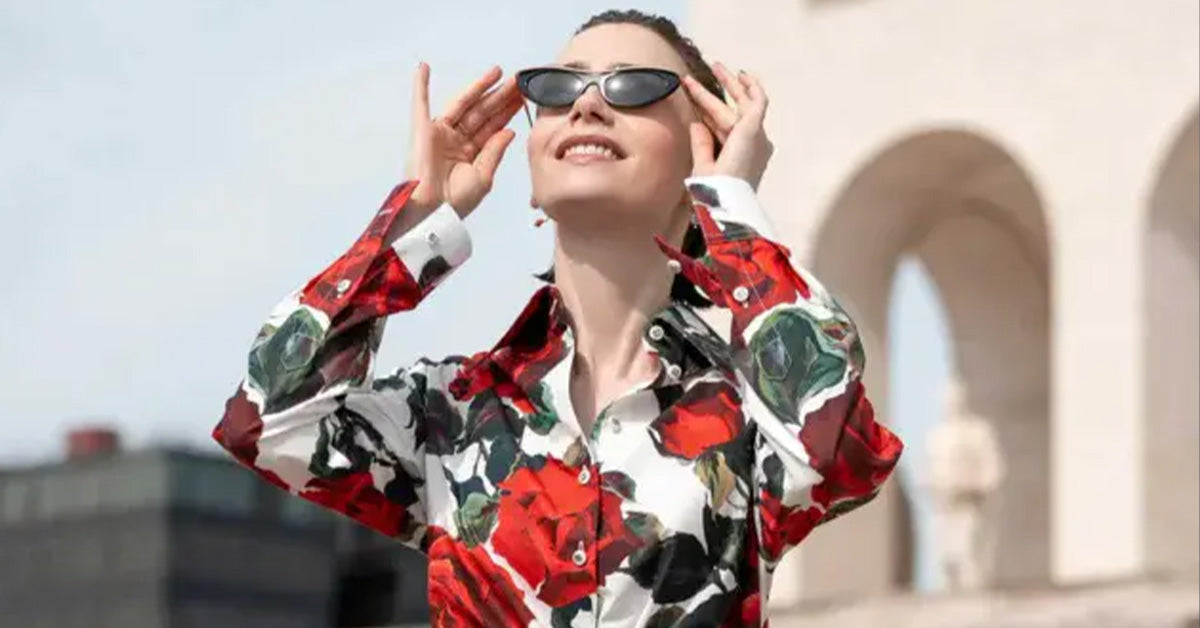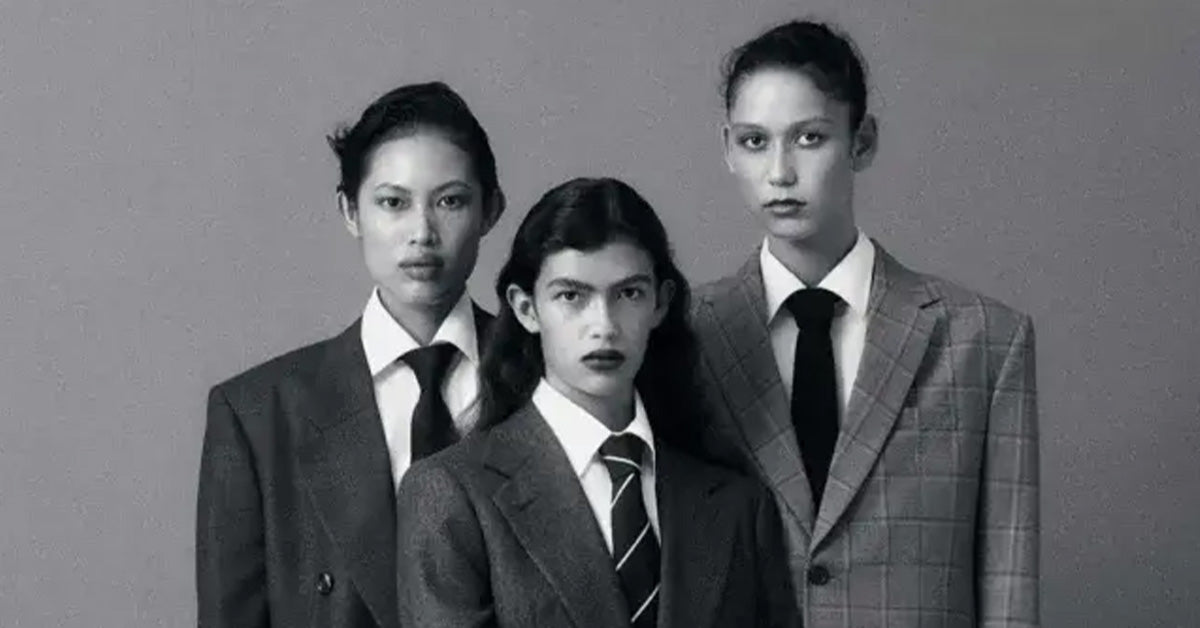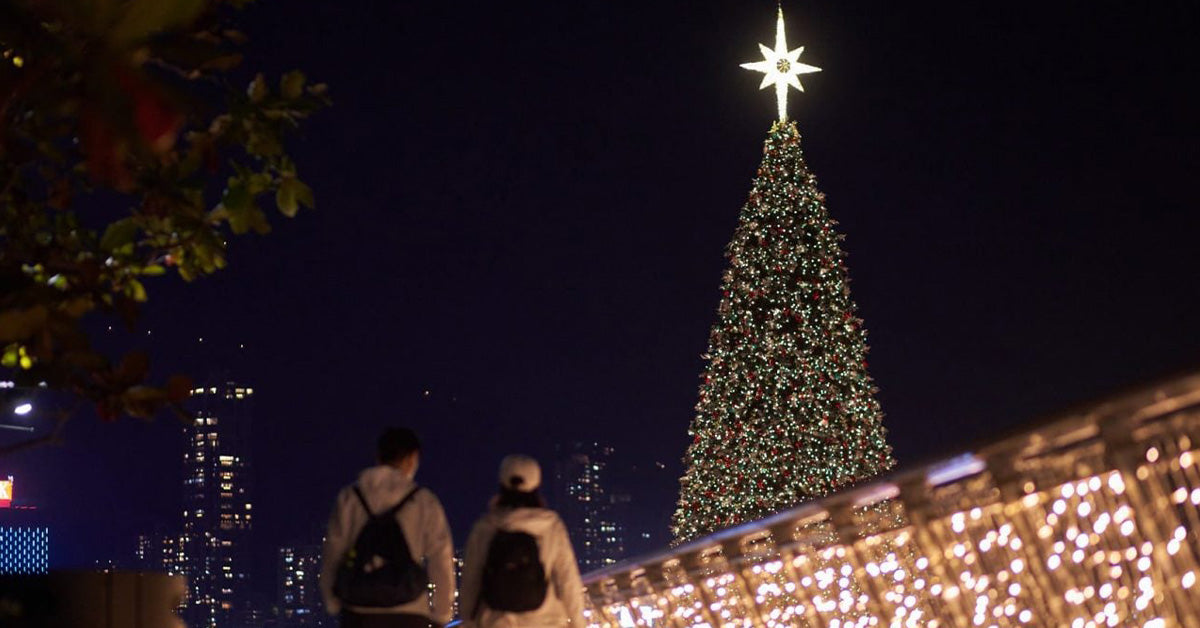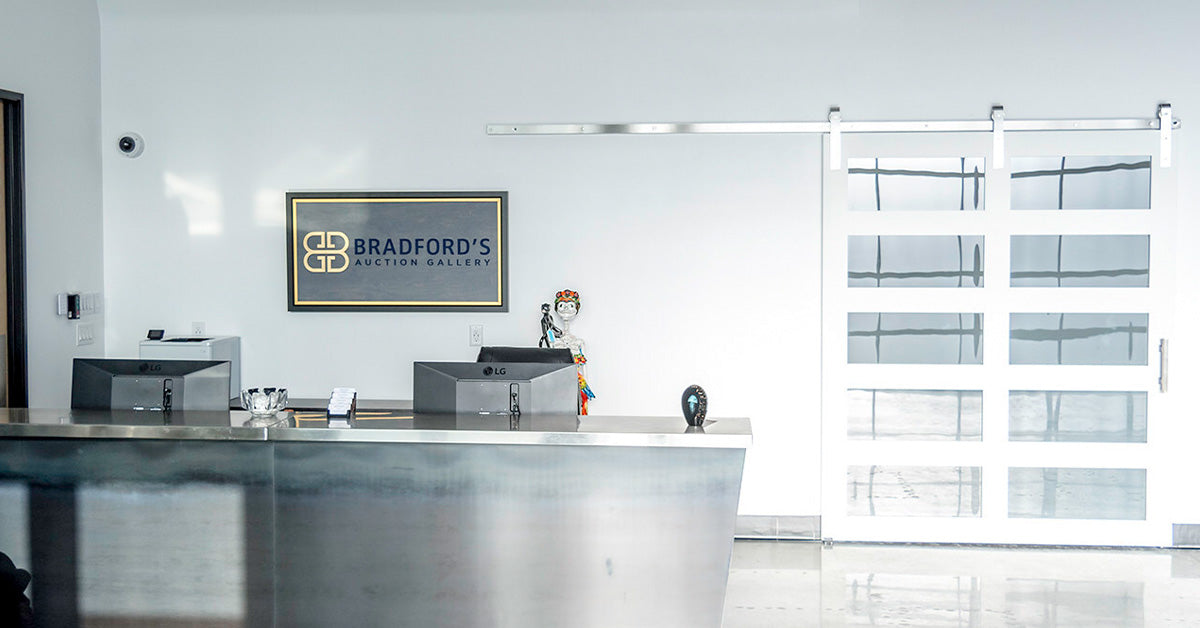Agbada is more than just a garment; it is a resounding statement of heritage, status, and timeless elegance in West African fashion. Often seen gracing grand occasions, this majestic attire has evolved from its traditional roots to become an international symbol of style and pride. But what exactly is Agbada, and why does it hold such an esteemed place in fashion history? This detailed guide unpacks everything you need to know about Agbada—from its historical significance to modern styling tips, and why this iconic robe continues to capture the world’s attention.
Understanding Agbada: The Anatomy of a Regal Robe
At its core, Agbada refers to a traditional, wide-sleeved robe worn by men in various West African cultures, particularly among the Yoruba of Nigeria, but also prominent among the Hausa, Igbo, and other ethnic groups. Characterized by its voluminous silhouette and intricate embroidery, Agbada is more than just clothing—it is a powerful representation of identity, opulence, and respect.
-
Three-piece Ensemble: Classic Agbada consists of three key components:
- Agbada (outer robe): The flowing, open-stitched gown with wide, elaborate sleeves.
- Buba (shirt): A long-sleeved, fitted tunic worn underneath.
- Sokoto (trousers): Narrow or slightly loose pants, often tied at the waist.
- Fabric: Traditionally crafted from handwoven cotton or silk, though modern variations use lace, brocade, damask, and other luxurious textiles.
- Embroidery: Distinctive, often elaborate embroidery adorns the front, sleeves, and neckline—signifying status and craftsmanship.
The Historical and Cultural Roots of Agbada
The history of Agbada dates back centuries, interwoven with the rich traditions of West Africa. Among the Yoruba, Agbada was historically reserved for royalty, chiefs, important dignitaries, and wealthy merchants. Its grand silhouette was designed to command respect and denote authority. Over time, the robe transcended its aristocratic origins, becoming a staple for festive events, religious ceremonies, weddings, and funerals.
Cultural symbolism runs deep in the design and wearing of Agbada. The robe’s size and detailing often reflect the wearer’s social standing and personal wealth. In many communities, the color and embroidery motifs hold special meanings—signifying anything from marital status to spiritual beliefs.
Today, Agbada has become a unifying garment, worn not only by Yoruba men but also embraced by other West African groups and the African diaspora worldwide.
Agbada in Modern Fashion: An Evolving Statement
While Agbada’s roots are firmly planted in tradition, modern fashion designers have reinterpreted the garment, blending contemporary aesthetics with classical elements. The result is a vibrant spectrum of Agbada styles, ranging from minimalist to extravagantly embellished.
- Contemporary Cuts: Slimmer fits, tailored sleeves, and innovative layering have made Agbada appealing to younger generations.
- Gender Fluidity: Increasingly, women are donning Agbada as a bold fashion statement, challenging and expanding its traditional gender associations.
- Global Influence: Celebrities, musicians, and fashion influencers from Africa and beyond have popularized Agbada on international runways and red carpets.
Whether worn in a lavish wedding or at a high-profile awards ceremony, Agbada remains a powerful emblem of African identity and artistry.
How to Style Agbada: Tips for a Majestic Look
Styling Agbada is an art form, and attention to detail is key. Here are some essential tips to help you elevate your look:
- Choose the Right Fabric: For formal occasions, opt for high-quality materials like silk, damask, or brocade. Lightweight cotton works well for casual events.
- Pay Attention to Embroidery: Intricate, hand-stitched embroidery adds a regal touch. Choose patterns and colors that complement your skin tone and the event’s theme.
- Accessorize: Traditional caps (such as Fila or Abeti Aja), beaded necklaces, and leather sandals complete the look.
- Fit Matters: Although Agbada is meant to be voluminous, ensure the Buba and Sokoto fit comfortably and do not overwhelm your frame.
- Confidence is Key: Wearing Agbada is about embodying poise and pride—stand tall and let the garment speak for itself.
When to Wear Agbada: Occasions and Etiquette
Agbada is synonymous with celebration and ceremony. It is typically worn at:
- Weddings (as a groom, guest, or member of the bridal train)
- Religious Festivals (Eid, Christmas, traditional ceremonies)
- Funerals (usually in darker, more subdued colors)
- Naming Ceremonies and Chieftaincy Installations
- State Functions and Special Occasions
While Agbada is traditionally reserved for significant events, its modern adaptations mean it can be styled for less formal gatherings, especially in creative or fashion-forward circles.
Why Agbada Remains a Fashion Icon
In a world where trends come and go, Agbada stands as a testament to the enduring power of cultural expression. Its flowing lines, intricate embellishments, and rich history make it much more than a piece of clothing—it is a living art form. From Lagos to London, Agbada continues to inspire designers and empower wearers, proving that tradition and innovation can coexist beautifully.
FAQs About Agbada
-
1. Can women wear Agbada?
Absolutely! While traditionally worn by men, modern fashion has seen women embrace Agbada, often with tailored adjustments to suit feminine tastes. It makes a bold, empowering statement.
-
2. What is the best fabric for Agbada?
The best fabric depends on the occasion. For formal events, silk, damask, or high-quality brocade are ideal. For everyday wear, cotton or linen may be preferred for comfort and breathability.
-
3. How is Agbada different from other West African robes?
Agbada is distinct for its three-piece design, wide sleeves, and elaborate embroidery. Other robes, like the Senegalese “Grand Boubou” or Ghanaian “Kente Kaba,” have unique cuts and cultural details.
-
4. Is Agbada only worn in Nigeria?
No. While it is most closely associated with Nigeria, especially the Yoruba people, Agbada is worn across West Africa, including Ghana, Benin, Togo, and by the African diaspora worldwide.
-
5. Can Agbada be worn casually?
Yes, especially in its modern, simplified forms. Lightweight fabrics and minimal embroidery make Agbada suitable for less formal, everyday settings.
Agbada is more than a garment—it is a living symbol of culture, pride, and creativity. Whether you’re drawn by its history or inspired by its grandeur, understanding Agbada opens the door to a rich world of West African fashion.

